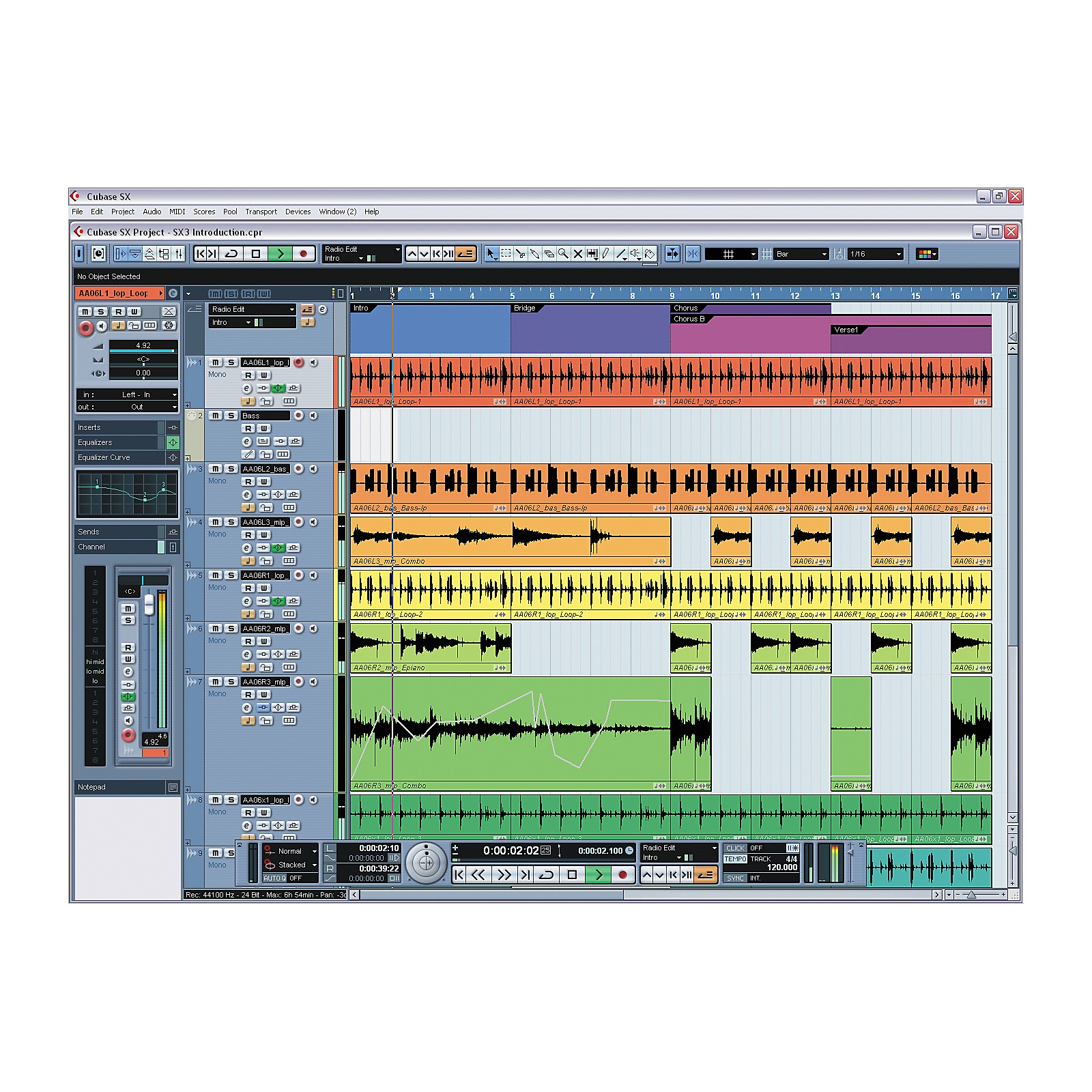

There are two line inputs on quarter-inch jacks (note that the first of these is disabled if the front-panel Instrument input is used), and a pair of insert points on TRS quarter-inch sockets for the Lambda's two mic inputs. Finally, there's a quarter-inch Instrument jack suitable for directly connecting guitars or basses, and a standard 3.5mm headphone socket. There are also LEDs to indicate an active USB connection and to show whether or not phantom power is switched on, along with a compact LED level meter, complete with clip indicators. On the front panel are level knobs for the mic and line inputs - there are two of each, and each has a switch to choose between mono or stereo input monitoring - plus Monitor Mix and Output Level knobs. On The CaseĪ lot is crammed into the Lambda's compact case.
#Cubase le 5 reviews drivers
A few mouse-clicks later you're all set, with all the relevant drivers and software installed. Run the installer program from the CD provided, and attach the Lambda to a USB port when prompted.

Also included are Lexicon's very nice Pantheon VST reverb plug-in, and a copy of Steinberg's ubiquitous Cubase LE (see boxes). It connects to the host computer via USB, and provides a good selection of MIDI and audio connectors. It's designed to stand upright, occupying as little desk space as possible. The Lambda itself is a compact, chunky device, built into a sturdy-looking plastic case. That may be overstating the case slightly, but there's certainly plenty you can do with just this bundle and a medium-spec Mac or PC. Lexicon's Lambda is described as both a 'desktop recording studio' and a 'complete recording solution'. Lexicon's latest addition to their alphabetically inspired soundcard range is friendly to both your desktop space and your wallet.


 0 kommentar(er)
0 kommentar(er)
